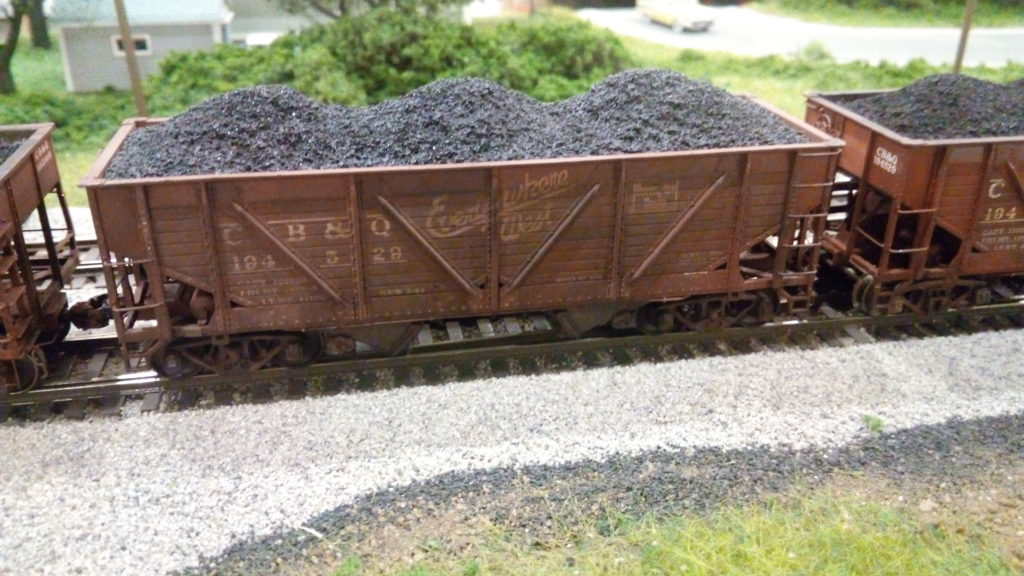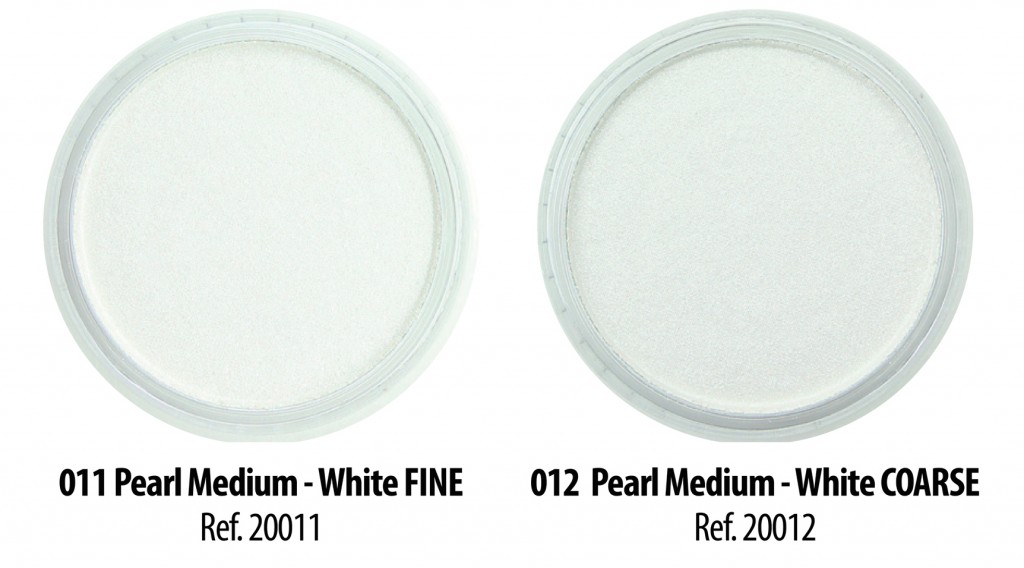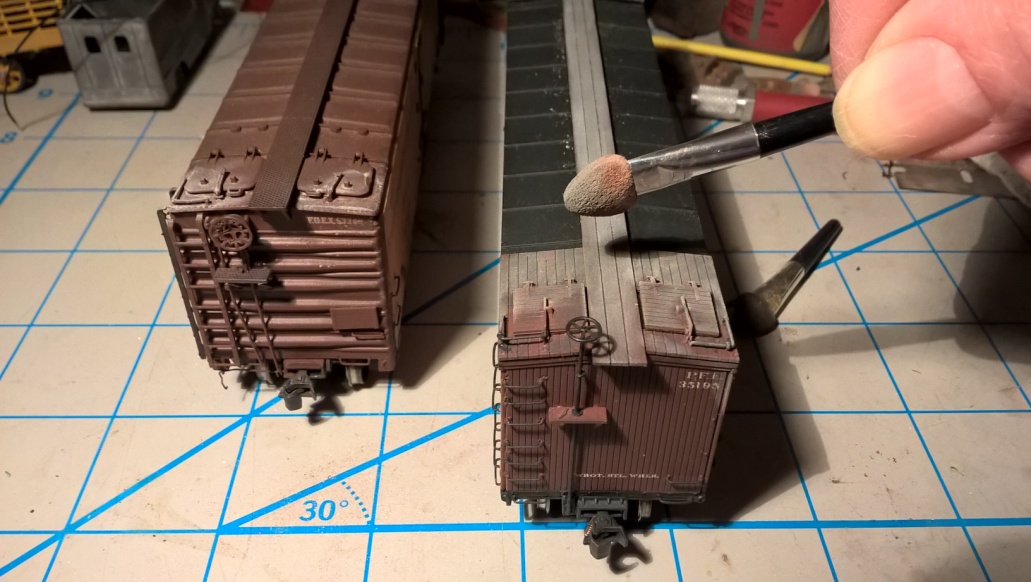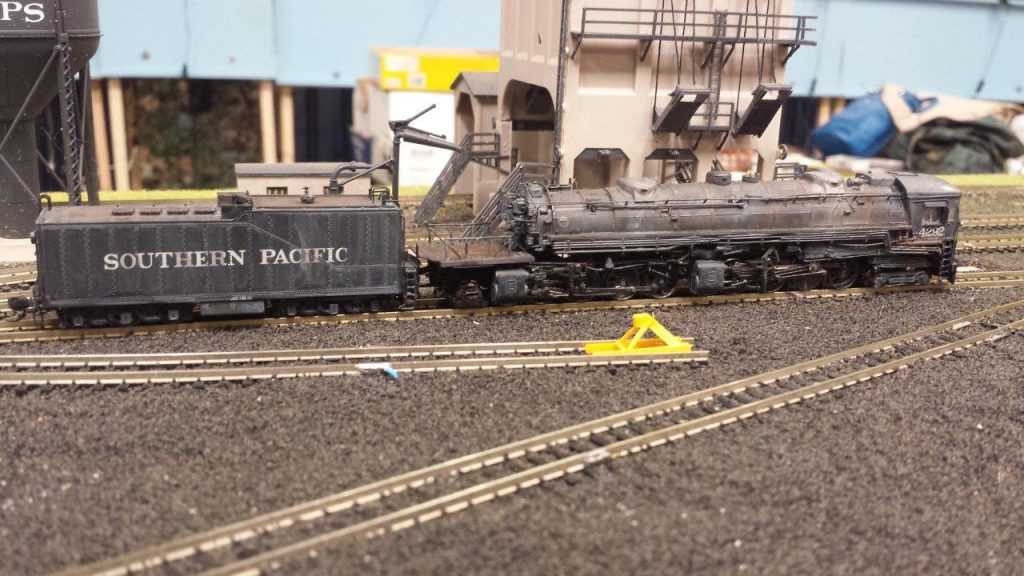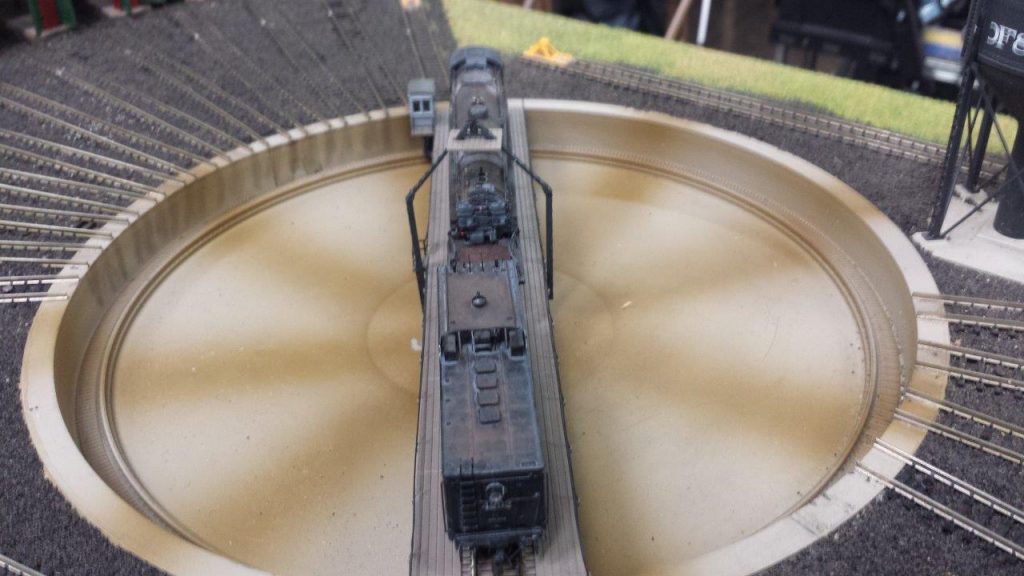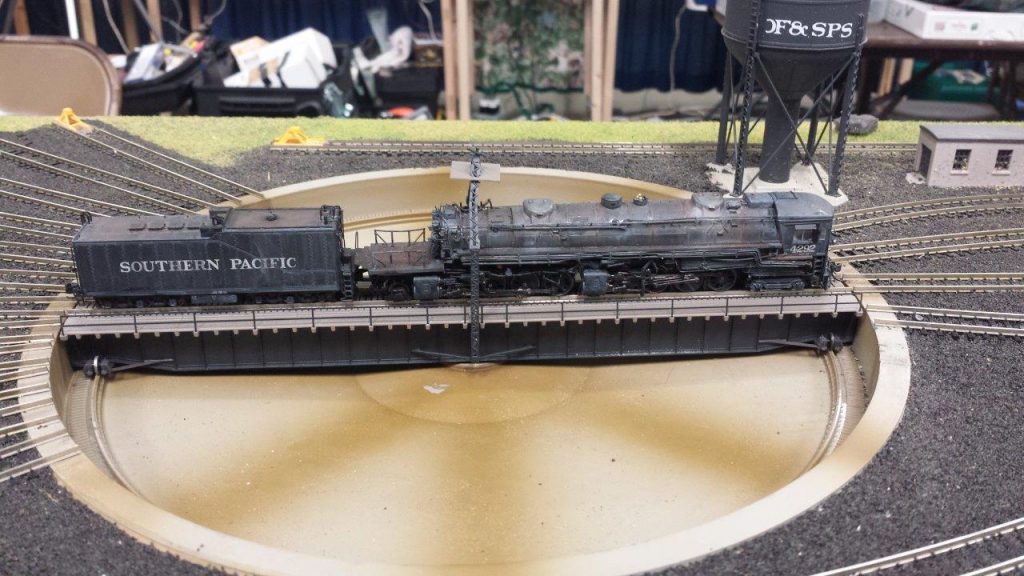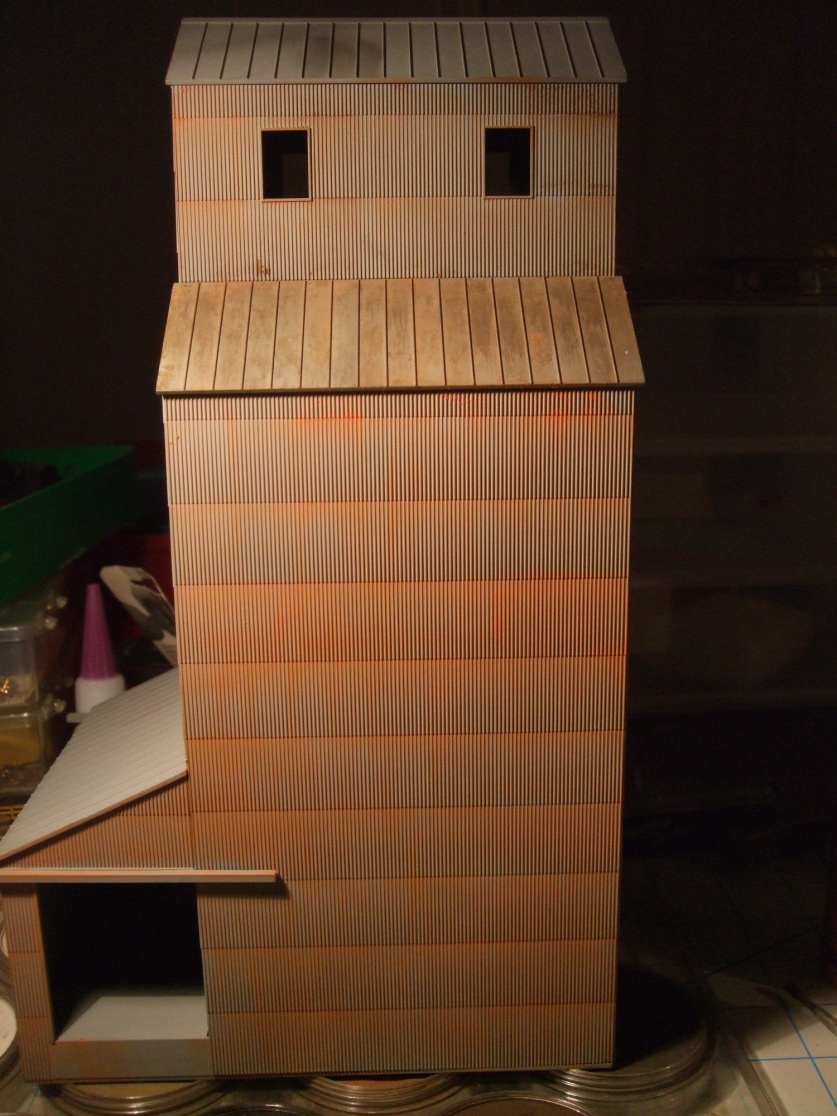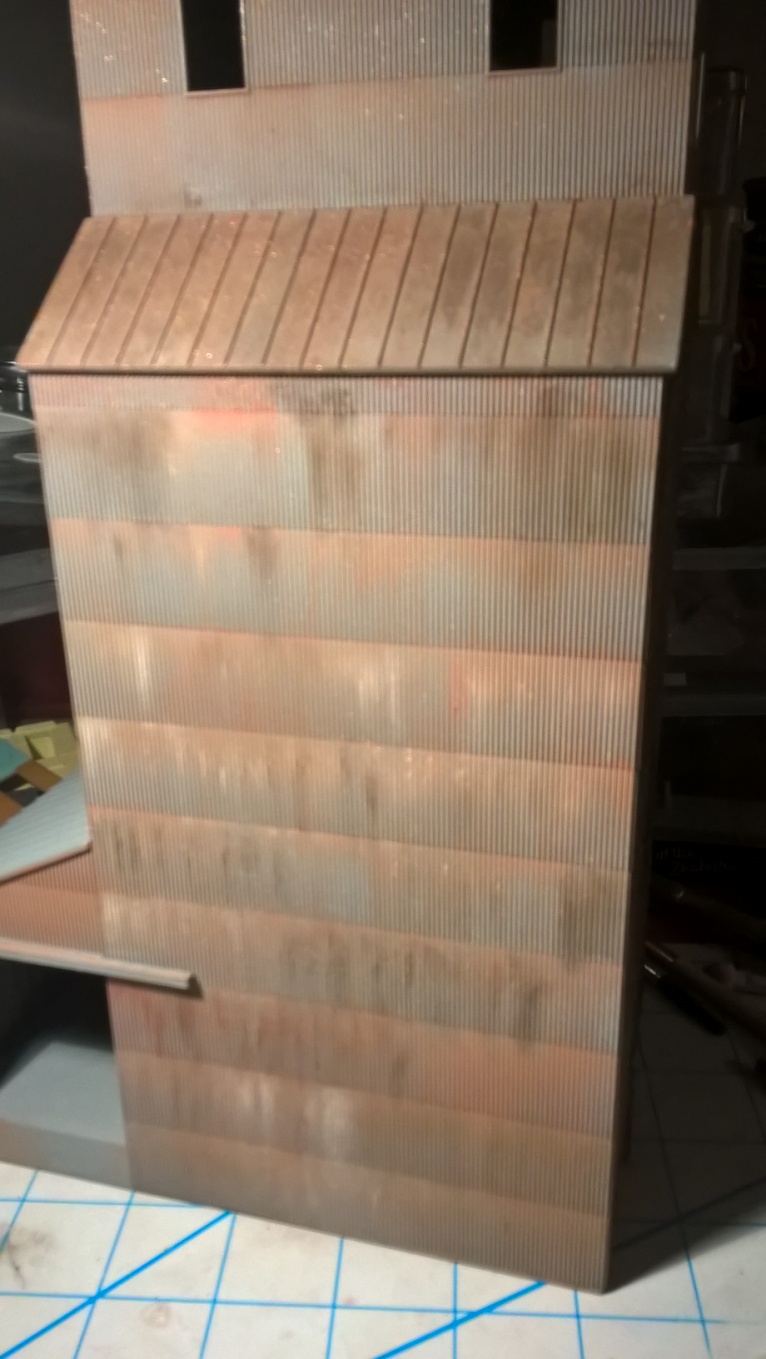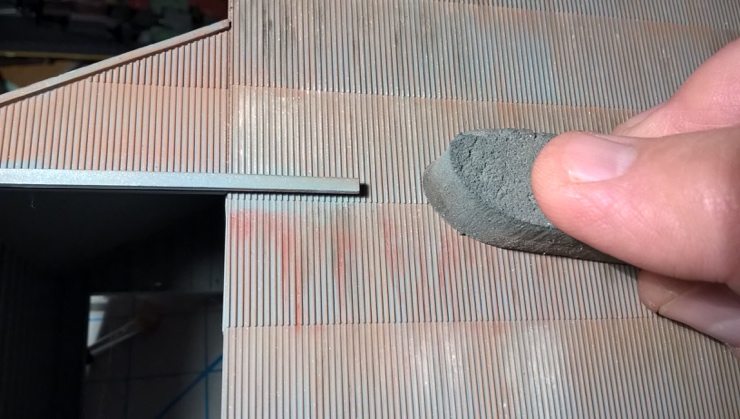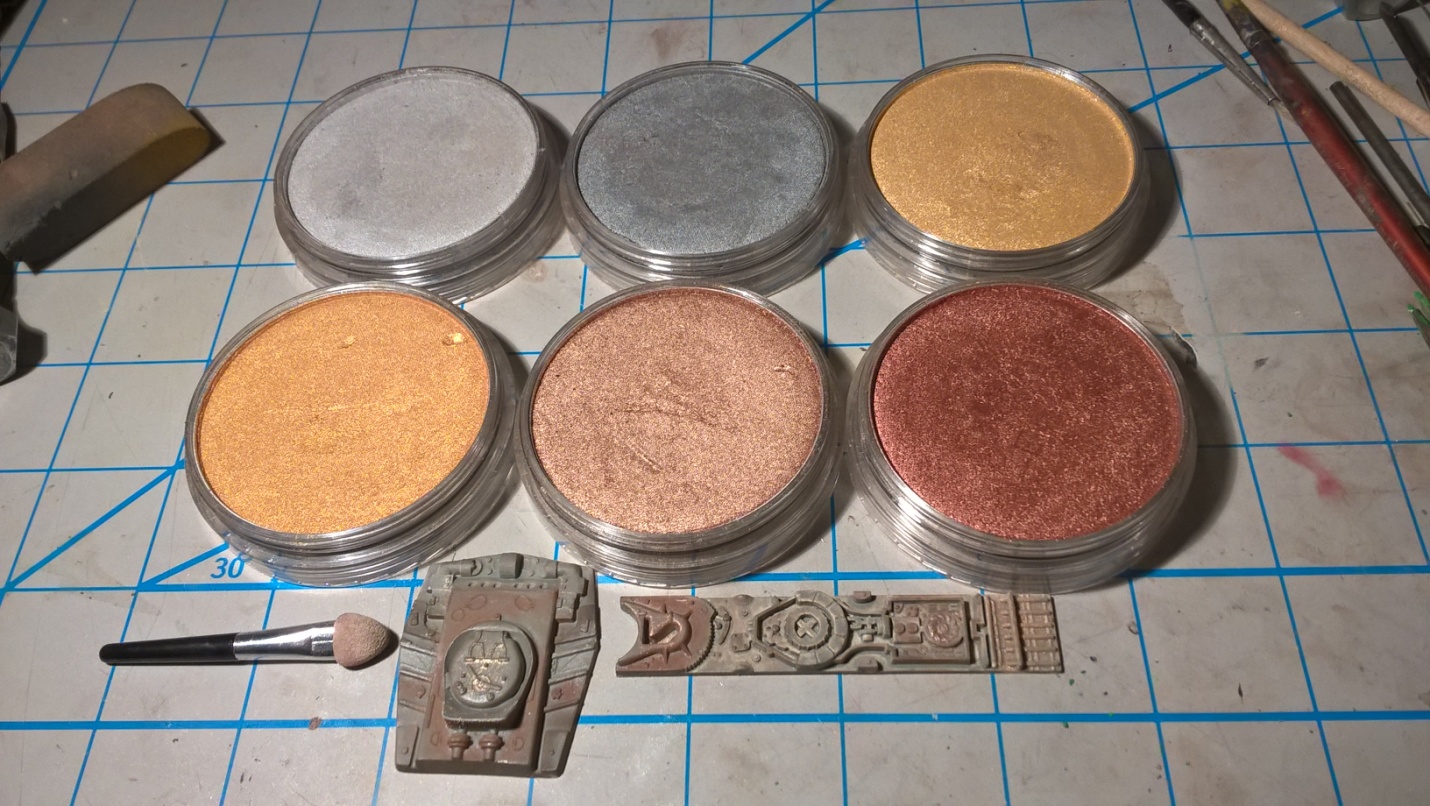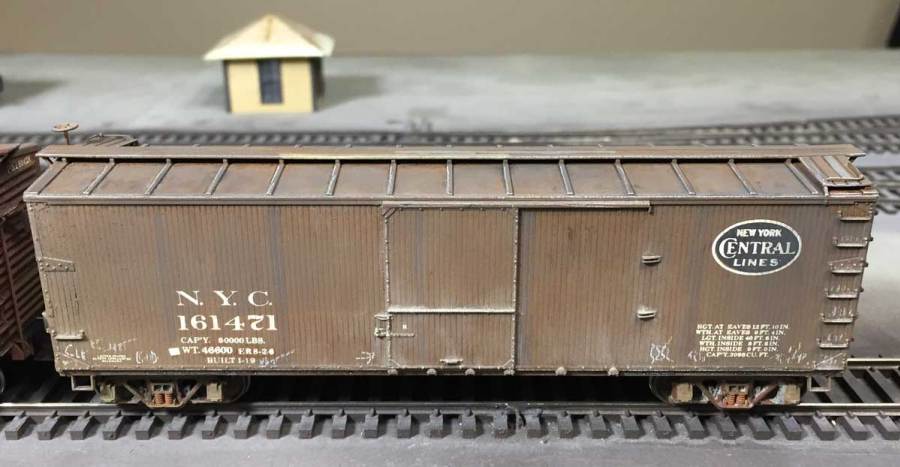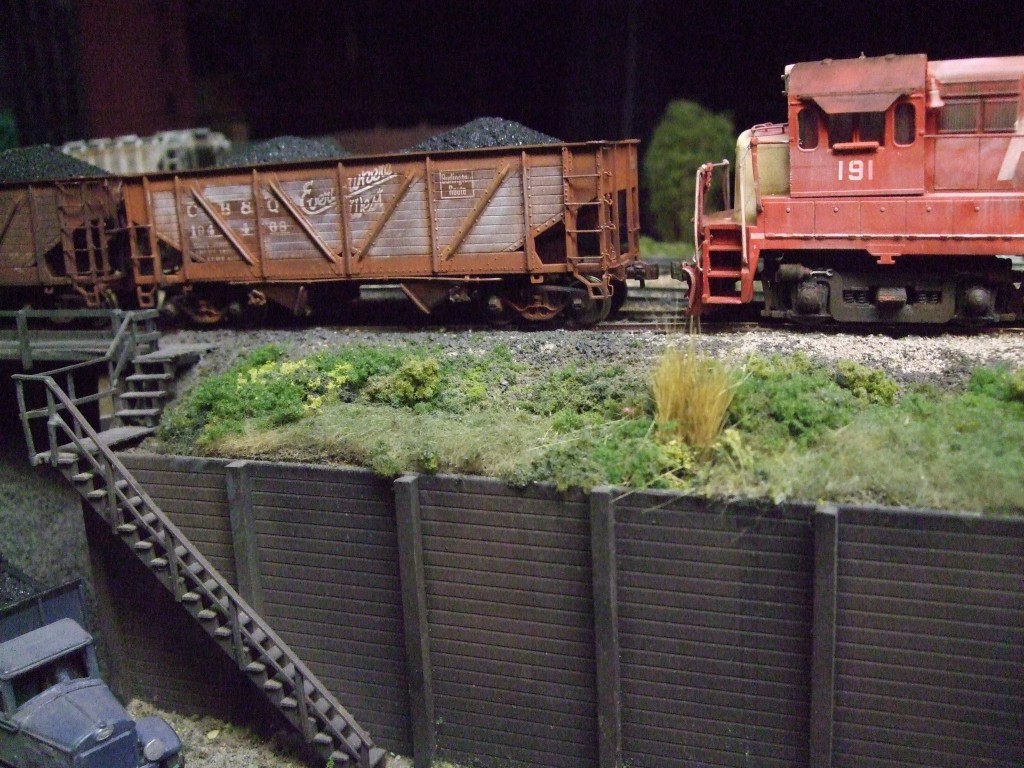
Lately I’ve noticed a change in the model railroading world. There are more and more models available as ready to run. Which means that more models are detailed the same, painted the same and look the same. This doesn’t do anything for individuality or personal statements in modeling. Weathering is a great way to make that out of the box model truly yours. You are making an artistic statement in addition to adding your unique stamp of ownership.
I have frequently heard the statement “This model cost $250.00, I’m not going to risk ruining it with weathering”. This could be a valid point if weathering was irreversible like airbrushing or the use of oil or acrylic paint. Fortunately we know that with PanPastel unless you seal the weathering with a matte overspray, it is removable with soap and water. I have removed the acrylic Flat Finish on a model about 15 minutes after applying with a spray of Shout and a soft tooth brush. Traces may be left but it is minimal and depends on the color of the model and the color of PanPastel. I’ve removed the 10 year old acrylic airbrush weathering on a Yellow Muncie and Western boxcar using a Mister Clean dry Scrub pad. The color that was left was in the scribed siding indentations and areas near ladders and grab irons where I couldn’t reach. Just remember to spray another coat of flat finish before applying the PanPastel.

Above: The right side is previously airbrushed overkill, the left is now clean enough to re-weather with PanPastel.
Getting back to the subject, some of the model passenger cars are available with paying customers. Pre-painted figures glued to their seats and ready to begin their journey. Populating your streets, benches and work zones has, as long as I can remember, been easy with pre-painted figures from the likes of Preiser, Woodland Scenics, Campbell and others. This too is a good thing. I was once told at a train show that my 1950s module of 55th and Halsted in Chicago, “was nice but didn’t have enough people doin’ stuff”. Well there is that school of thought that says, “Less is More”. That means every seat in a passenger car does not need to be filled. The human eye fills in the blanks and seeing something is better than nothing, the brain fills in the rest. Besides even one of my Aero Train coaches, which is the size of a bus, would cost around $50 plus to fill. Not where my hobby dollars want to go these days.
These pre-painted figures have either nicely sculpted facial and clothing details or not. They are mostly painted in a color called “Flesh”. It’s a light Peach color that only represents a part of the population. Really, it doesn’t even look like my skin tone which is that of a pale Irishman. Whatever it is, when seen through the windows of a model coach, looks all the same pale, anemic and ghostly color. The detail on the figures doesn’t match that of the coach, bus or auto. Even department store mannequins look better.
Lately I have been paying attention to our military modeling brothers and sisters on Facebook. Some of them pay incredible attention to detailing their figures. They use shading techniques with underpainting, dry brushing, and washes of color. Their figures match the skill level of their vehicles. Of course, they do work in much larger scales than we railroad modelers but there are some lessons to be learned from them.
The problem with me and most of you is that I have more than one passenger train. Actually six. OK, one is a coach in a mail train but I do have a 1952 California Zephyr of 13 cars. How am I going to populate these cars and make the folks look realistic?

Well, this is what I came up with. Preiser makes sets of unpainted seated figures and are more affordable than the pre-painted ones that average about $3 each. YIKES! As you can see, I paint the seated people while they are still on the plastic molding tree. I start by using a plastic lid or bottle top as an artist palate and lay down a generous dot of different colors. Red, Blue, White, Brown, Green and Grey to name a few. I try to stretch my colors out by using a bottle color like B&O Blue for suit coats, jeans and hats on varying figures. I also put a few drops of white and black to add to the bottle color so I can vary the tones.
Think about Blue Jeans, they’re not all the same dark shade of Indigo. Some will fade to a Medium Blue or a Light Blue. I’ll then pick a second color and so on. There are plenty of color images from your time period that you can use. One of my Burlington Route travel brochures has a watercolor rendering of a populated dome car that I would like to copy. The men are all in suits. Make it fun. If you model recent Amtrak, put some people in pajamas or sweat suits.

Here is the PanPastel part of the article, now that the paint has dried on the figures:
REMEMBER: When applying PanPastel over a painted figure – use a FLAT finish paint which gives some “grab” to hold the color in place. An overspray of Flat may be needed first, AS SOME FLAT COLORS AND ACRYLICS HAVE A SHEEN WHEN HAND BRUSHED.
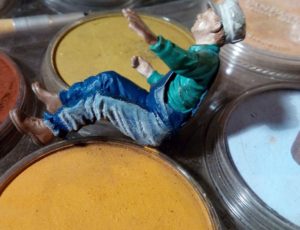
Using the small Micro Brushes, wipe the faces, with a PanPastel Burnt Sienna 740.5. Work it into the details and character lines of the face and hands. Take a clean Sofft Tool and wipe the excess off the high spots of the face and hands. Notice how the details look more like shadows. If needed you can gently wipe a Sofft Tool of a flesh color back over the faces to add more highlights. You can even use other colors or Paynes Grey Tint 840.7 to highlight the folds in the clothing.

You shouldn’t have to do too much work as only the face and shoulders can be seen through the windows. You may also want to add a lighter shade Orange Tint 280.8 to help cheeks pop a little.

Touch up the tops of the heads after you cut the figures from the sprues, I like the 4 color nail boards from the Walgreens cosmetic department to remove flash and the casting gates on the heads. Next glue them in their reserved seats. I use a flexible white craft glue by Aileen’s in the gold bottle. It’s great because it dries clear and won’t fog windows like an ACC will. I even use it to attach windows and etched parts like diesel grills and running boards.
So I hope you enjoy trying this new use of PanPastel. If you are concerned about the cost of adding people to your trains just model a freight train with the engineer, fireman and conductor or early Amtrak. Much shorter trains and much fewer passengers than the transitional era heyday.
I’ll talk at you soon. Stay well.
Rob Manley
